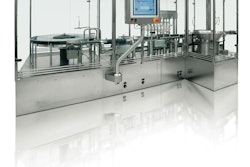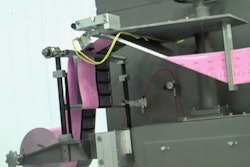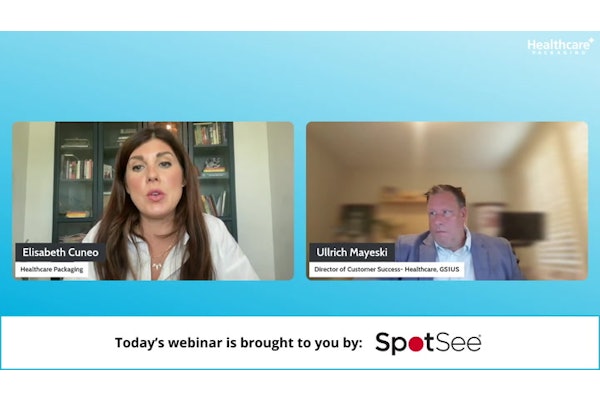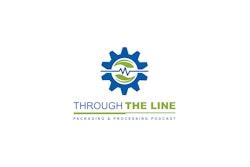
Healthcare Packaging: In the pharmaceutical sector, financial issues are more pressing today than just a few years ago. What does this mean for pharmaceutical packaging?
Edward Bauer: There are going to be fewer new developments in packaging, or at least packaging developments are going to be introduced at a slower pace. There is a limited patent life on pharmaceutical products, so the sooner you can bring that product to market, the sooner you can recover the product development costs. What it means is that manufacturers and pharmaceutical developers are reluctant to put new packaging on the critical path of a project with drug development if it might slow bringing the product to market. So they tend to rely on materials and processes of the past, or to overpackaging a product to eliminate any concern about product/package performance. This means defaulting to an existing method of packaging, or to one that maybe isn't as elegant, but is available and [importantly] is something that regulators are familiar with.
Healthcare Packaging: Beyond R&D efforts and gaining regulatory approval, what are some of the key cost issues influencing pharmaceutical packaging?
Edward Bauer: Pharmaceutical companies are looking to their supply chain to be as efficient and as effective as possible. If you want to change a packaging material or packaging process, you have to balance the cost of development, testing, and approval with the potential cost savings. Nobody has a large staff anymore so many times it's a question of working on a new product and getting it to market versus redesigning or refining the packaging of an existing product. There is an awful lot of tension within the companies over the competition for resources, and with the public at large, which want the lowest possible price for any product. The public wants safe and effective medications approved by the Food and Drug Administration, and companies are trying to make them for the lowest possible price. The cost of packaging development, the stability and analytical testing procedures, and the preparation and filing of an Abbreviated New Drug Application takes two or three years to accomplish to make sure that the active pharmaceutical ingredient and its packaged delivery is still efficacious. Are you going to save millions of dollars with a packaging change to help with some of these development costs, or is it better to leave the old packaging in place and focus those resources on the problems of bringing a new product to market? It's a tough conundrum.
--Jim Butschli, Editor-in-Chief
Edward Bauer: There are going to be fewer new developments in packaging, or at least packaging developments are going to be introduced at a slower pace. There is a limited patent life on pharmaceutical products, so the sooner you can bring that product to market, the sooner you can recover the product development costs. What it means is that manufacturers and pharmaceutical developers are reluctant to put new packaging on the critical path of a project with drug development if it might slow bringing the product to market. So they tend to rely on materials and processes of the past, or to overpackaging a product to eliminate any concern about product/package performance. This means defaulting to an existing method of packaging, or to one that maybe isn't as elegant, but is available and [importantly] is something that regulators are familiar with.
Healthcare Packaging: Beyond R&D efforts and gaining regulatory approval, what are some of the key cost issues influencing pharmaceutical packaging?
Edward Bauer: Pharmaceutical companies are looking to their supply chain to be as efficient and as effective as possible. If you want to change a packaging material or packaging process, you have to balance the cost of development, testing, and approval with the potential cost savings. Nobody has a large staff anymore so many times it's a question of working on a new product and getting it to market versus redesigning or refining the packaging of an existing product. There is an awful lot of tension within the companies over the competition for resources, and with the public at large, which want the lowest possible price for any product. The public wants safe and effective medications approved by the Food and Drug Administration, and companies are trying to make them for the lowest possible price. The cost of packaging development, the stability and analytical testing procedures, and the preparation and filing of an Abbreviated New Drug Application takes two or three years to accomplish to make sure that the active pharmaceutical ingredient and its packaged delivery is still efficacious. Are you going to save millions of dollars with a packaging change to help with some of these development costs, or is it better to leave the old packaging in place and focus those resources on the problems of bringing a new product to market? It's a tough conundrum.
--Jim Butschli, Editor-in-Chief






















